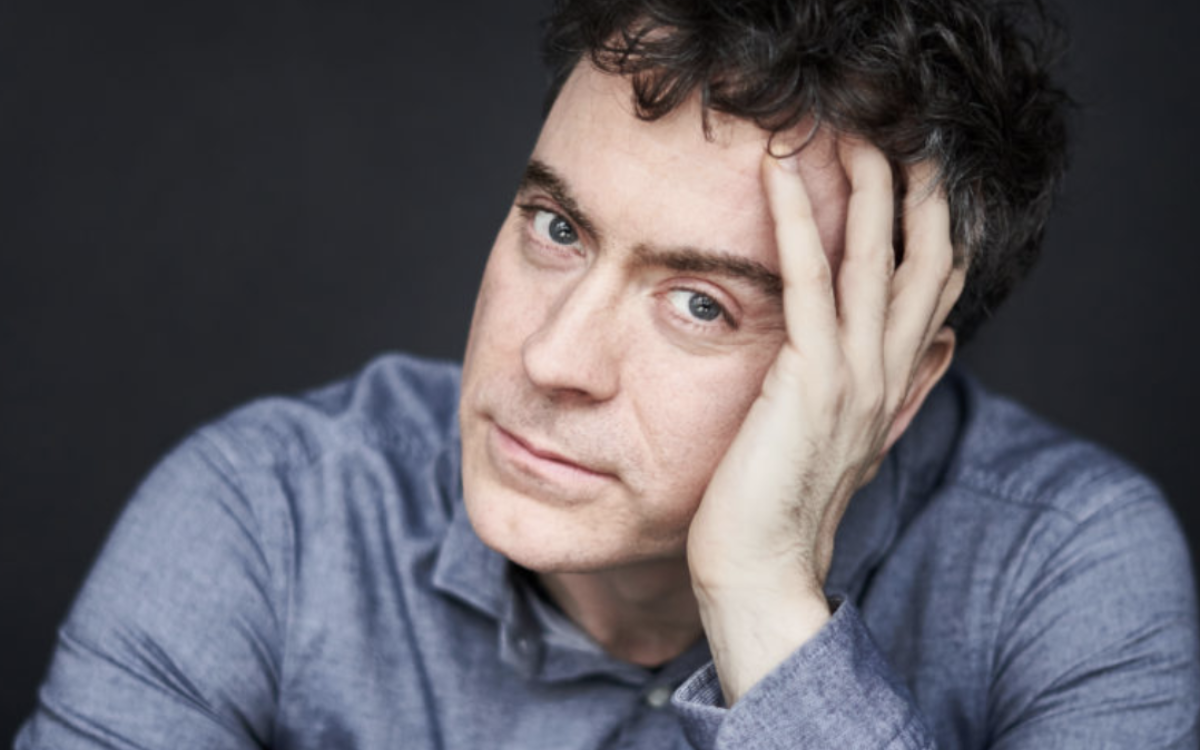Alleluia, for unaccompanied chorus
Composition and premiere: Thompson wrote Alleluia at Serge Koussevitzky’s request in 1940 for the inaugural summer of the Berkshire Music Center. Koussevitzky led an ad hoc chorus in its first performance on July 8, 1940. The piece has been sung, typically by a chorus of primarily Fellows, alumni, faculty, staff, and longtime attendees, for the Tanglewood Music Center’s Opening Exercises every year since. It has appeared occasionally on other BSO-sponsored events.
The American composer and educator Randall Thompson was born in New York City and attended Harvard University. He studied there under A.T. Davidson, Edward Burlingame Hill, and Walter Spalding and also with Ernest Bloch in New York City. The association with Davidson was particularly important—as director of Harvard’s Glee Club, Davidson brought the singing group up to a professional standard, established a precedent for commissioning innovative choral works, and prepared it for performances with the Boston Symphony Orchestra under Pierre Monteux and Serge Koussevitzky in the 1920s and ’30s. The group commissioned and performed works by Randall Thompson including The Peaceable Kingdom, which is considered by many to be one of the greatest American choral works.
Thompson’s research into the practices of secondary music education had a major impact on music teaching in the U.S. He later taught at Wellesley College in Massachusetts as well as at the University of California, Berkeley; the Curtis Institute (where Leonard Bernstein was one of his students), the University of Virginia, Princeton University, and, beginning in 1951, Harvard, where he remained until his retirement in 1965.
As a composer, Thompson arrived at a conservative (for mid-20th-century America) style with similarities to such American neoclassicists as Roy Harris and Walter Piston—tonal, melodically driven, and formally traditional. The Boston Symphony Orchestra performed several of his works beginning in 1929, including his Symphony No. 2 under Koussevitzky and the Symphony No. 3 and A Trip to Nahant under Charles Munch. Koussevitzky requested his a cappella choral work Alleluia, which was first performed at Tanglewood on July 8, 1940, and is still performed each summer there by the new Fellows as part of the Tanglewood Music Center Opening Exercises. That and other choral works remain in the repertoires of choirs throughout the U.S. Last month, the Gospel group Take 6 performed a wonderful arrangement of the piece during the Boston Pops’ annual Gospel Night at Symphony Hall.
Setting the single praise-word “alleluia” has been a common exercise for composers since at least the time of the late-16th century Italian composer Orlando di Lasso; these settings were the bases of a primer in contrapuntal techniques he compiled for pedagogical purposes. Thompson’s setting elevates exercise to art, with rich textural variety, striking harmonic shifts, and expressively effective ebbs and flows of intensity.
Composer and writer Robert Kirzinger is the Boston Symphony Orchestra’s Director of Program Publications.

